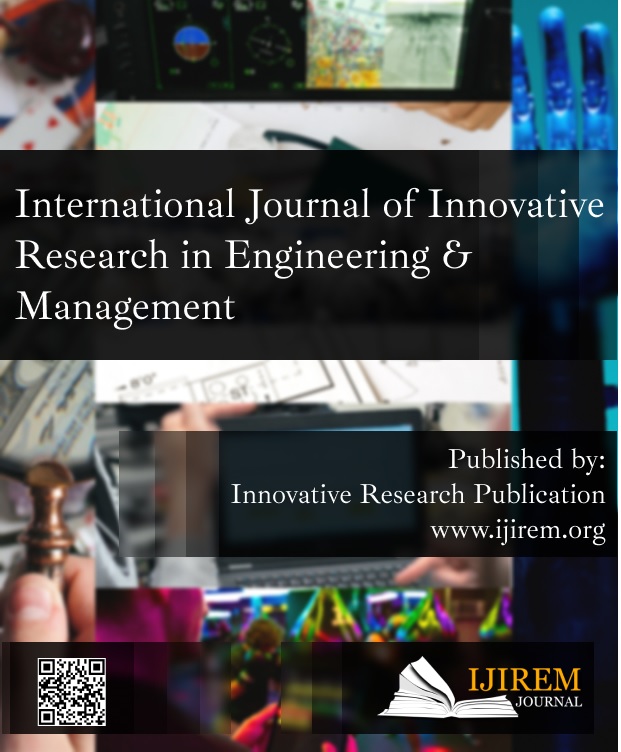An Exploration of Bioremediation and Its Implementation in Processing of Aquaculture Waste
Keywords:
Aquaculture, Bioremediation, Denitrification, Microorganisms, NitrificationAbstract
Environmental implications of waste generated by large-scale, intensive aquaculture are substantial, and they have the potential to cause dynamic habitat changes. Inorganic nitrogen will be captured from water by using both current and new technology, and organic nitrogen will be reduced in sediments by using both existing and creative technology. Environmental methods like as Integrated Multi-Trophic Aquaculture (IMTA) are growing in favor because to their ability to increase in situ nitrogen and other nutrient reduction at sea cage locations. There has been many research published on biological nitrogen removal via nitrification, denitrification, and anaerobic ammonium oxidation. This process includes a variety of bacterial species, which has resulted in a lot of studies being published. More efforts, however, must be undertaken to remediate wastewater and aquatic sediments generated by water farming operations. There are several drawbacks to traditional healthcare techniques, which are listed below. The development of more efficient reactor systems, as well as a complete, integrated waste management solution, will promote the adoption of more environmentally friendly aquaculture practices. This article discusses the use of bioremediation for the treatment of aquaculture effluent, and how it may be used.
Downloads
References
. Azubuike CC, Chikere CB, Okpokwasili GC. Bioremediation techniques–classification based on site of application: principles, advantages, limitations and prospects. World Journal of Microbiology and Biotechnology. 2016.
. Dixit R, Wasiullah, Malaviya D, Pandiyan K, Singh UB, Sahu A, et al. Bioremediation of heavy metals from soil and aquatic environment: An overview of principles and criteria of fundamental processes. Sustainability (Switzerland). 2015.
. Sharma B, Dangi AK, Shukla P. Contemporary enzyme based technologies for bioremediation: A review. Journal of Environmental Management. 2018.
. Azubuike CC, Chikere CB, Okpokwasili GC. Bioremediation techniques–classification based on site of application: principles, advantages, limitations and prospects. World Journal of Microbiology and Biotechnology. 2016.
. Dixit R, Wasiullah, Malaviya D, Pandiyan K, Singh UB, Sahu A, et al. Bioremediation of heavy metals from soil and aquatic environment: An overview of principles and criteria of fundamental processes. Sustainability (Switzerland). 2015.
. Sharma B, Dangi AK, Shukla P. Contemporary enzyme based technologies for bioremediation: A review. Journal of Environmental Management. 2018.
. Mary Kensa V. Bioremediation - An overview. Journal of Industrial Pollution Control. 2011.
. Deshmukh R, Khardenavis AA, Purohit HJ. Diverse Metabolic Capacities of Fungi for Bioremediation. Indian Journal of Microbiology. 2016.
. Dzionek A, Wojcieszyńska D, Guzik U. Natural carriers in bioremediation: A review. Electronic Journal of Biotechnology. 2016.
. Kaushal J, Mehandia S, Singh G, Raina A, Arya SK. Catalase enzyme: Application in bioremediation and food industry. Biocatalysis and Agricultural Biotechnology. 2018.
. Ojewumi ME, Okeniyi JO, Ikotun JO, Okeniyi ET, Ejemen VA, Popoola API. Bioremediation: Data on Pseudomonas aeruginosa effects on the bioremediation of crude oil polluted soil. Data Br. 2018;
. Abatenh E, Gizaw B, Tsegaye Z, Wassie M. The Role of Microorganisms in Bioremediation- A Review. Open J Environ Biol. 2017;
.Vural A, Demir S, Boyno G. Bioremediation and using of fungi in bioremediation. Yuzuncu Yil University Journal of Agricultural Sciences. 2018.
